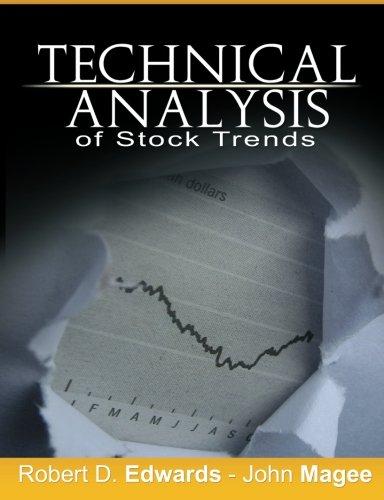Answered step by step
Verified Expert Solution
Question
1 Approved Answer
Use the following returns for x and Y . table [ [ Year , Returns ] , [ 1 , 2 2 . 4
Use the following returns for and
tableYearReturns
a Calculate the average returns for and
Note: Do not round intermediate calculations and enter your answers as a percent rounded to decimal places, eg
b Calculate the variances for and
Note: Do not round intermediate calculations and round your answers to decimal places, eg
c Calculate the standard deviations for and
Note: Do not round intermediate calculations and enter your answers as a percent rounded to decimal places, eg
tableXa Average return,,b Variance,,,c Standard deviation,,

Step by Step Solution
There are 3 Steps involved in it
Step: 1

Get Instant Access to Expert-Tailored Solutions
See step-by-step solutions with expert insights and AI powered tools for academic success
Step: 2

Step: 3

Ace Your Homework with AI
Get the answers you need in no time with our AI-driven, step-by-step assistance
Get Started


